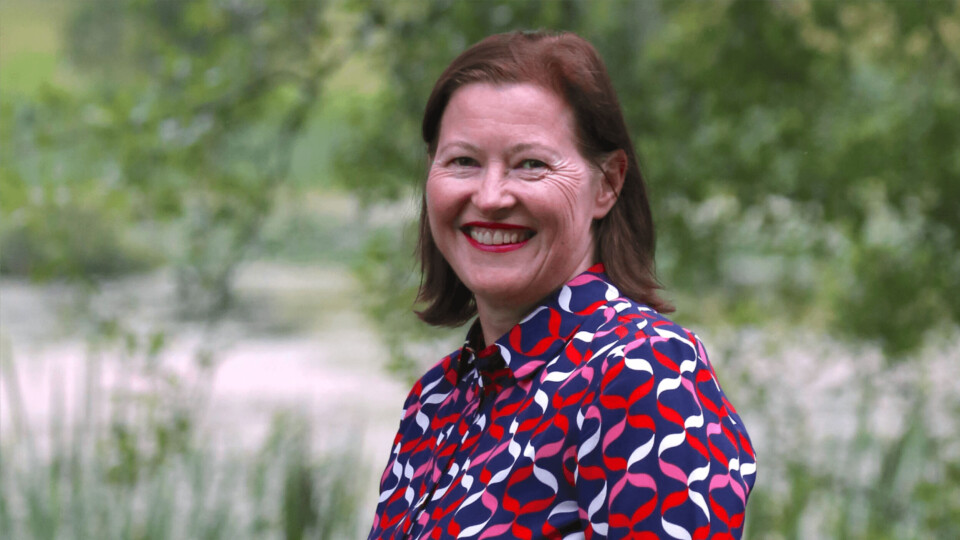
SAIC swaps ‘Scottish’ for ‘Sustainable’ as it expands its horizons
SAIC, formerly the Scottish Aquaculture Innovation Centre, has re-branded as the Sustainable Aquaculture Innovation Centre and announced a new strategic focus and an expanded geographical reach.
The move reflects SAIC’s alignment with supporting a green recovery from the Covid-19 pandemic, prioritised by the Scottish and UK governments as well as the wider international community, the Centre said in a press release.
It has also been instigated by the global aquaculture sector’s increasing drive to enhance sustainability through technological innovation and new ways of working.
Building on the commitment from, and momentum in, aquaculture, SAIC will actively target future funding calls at sustainability initiatives within its priority research areas. Previously, these have included enhancing fish farming’s impact on the seabed, reducing the need for pharmaceutical treatments, developing new raw materials for feed, and reducing or eliminating waste.
SAIC said that over the past few years, the quality of Scotland’s aquaculture expertise and research has seen it attract interest and investment from across the world. As a result, SAIC’s membership base has grown rapidly – increasing by more than a quarter to around 180 members since the beginning of 2020 – with nearly 40% of the consortium based outside of Scotland.
Chief executive Heather Jones said: “SAIC’s re-brand is a lot more than just a change of name – it’s a reflection of the times we live in and the opportunity our sector has in front of it.
“Sustainable aquaculture has so much to contribute to an uncertain world facing a range of challenges, not least the climate crisis and delivering a green economic recovery from Covid-19. There is a great deal of untapped potential to increase farmed fish and shellfish production, providing responsibly sourced, high-quality, healthy protein to the world’s growing population and supporting skilled jobs.”
Still committed to Scotland
Jones continued: “We are still highly committed to Scotland and will build on the millions of pounds we have invested, in partnership with our members, in dozens of projects in Scotland since 2014. But our reach and ambition are wider – our membership is growing in geographic diversity, while our board and scientific panel have experience in dozens of countries.
“We have helped draw down funding from the UK, Europe, and further afield, to help take on the challenges that are common across aquaculture markets – exporting Scotland’s skills, knowledge and technology across the world.
“Sustainability is not a static condition – it is an ongoing process. We will continue to drive innovation and new ways of working, whether that is by reducing the need for pharmaceutical treatments or transforming the use of data and systems to maximise efficiency. Guided by the UN’s Sustainable Development Goals, SAIC is determined to make our part of the blue economy as climate-friendly as it can possibly be.”
£4.90 raised for every SAIC £1
In December 2020, SAIC announced it had coordinated £2.2 million from academia, businesses, and its own investment to fund sustainability-focused projects. The initiatives range from measures to enhance fish health and wellbeing to improvements to environmental sensing technology.
To date, for every £1 SAIC has invested in projects £4.90 has been raised from other sources, largely reflecting the commitment of salmon producers to research and SAIC’s in-depth knowledge of public sector funding opportunities.
SAIC is one of seven innovation centres under the Scottish Innovation Centre programme. Others include the Construction Scotland Innovation Centre (CSIC) and the Industrial Biotechnology Innovation centre (IBioIC).
Each centre works to establish bonds between Scotland’s universities, colleges and research institutes and industry sectors, translating academic knowledge and expertise into commercially valuable skills and improvements.























































